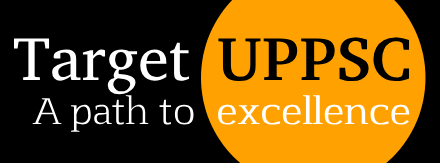2020 GS P3 PYQ Solution, PYQs Solution
Q.14. What is meant by ‘Line of Poverty’? Explain the ‘Poverty Alleviation’ Programme of India.
The ‘Line of Poverty,’ or poverty line, is a threshold used to determine the minimum level of income deemed adequate in a particular country. In India, the poverty line is set based on the income needed to meet basic living conditions, which includes the money value of goods and services necessary to provide basic welfare to an individual. It varies from country to country, reflecting the different standards of living and welfare concepts. In India, the poverty line is constructed based on consumption patterns from extensive household surveys conducted by the National Sample Survey Office (NSSO).
The ‘Poverty Alleviation’ Programme of India encompasses a range of initiatives aimed at reducing poverty by providing access to basic necessities, food, monetary help, and employment opportunities to households below the poverty line. Some of the key programmes include:
- Pradhan Mantri Awas Yojana (PMAY): A scheme to provide housing for the rural and urban poor.
- Mahatma Gandhi National Rural Employment Guarantee Scheme (MGNREGS): Offers employment opportunities and enhances livelihood security in rural areas.
- Pradhan Mantri Gram Sadak Yojana (PMGSY): Focuses on providing good all-weather road connectivity to unconnected villages.
- Deendayal Antyodaya Yojana – National Rural Livelihoods Mission (DAY-NRLM): Aims to alleviate rural poverty by promoting self-employment and organization of the rural poor.
These programmes play a critical role in India’s efforts to alleviate poverty and improve the quality of life for its citizens. The government’s role is to ensure that these initiatives are effectively implemented and reach the intended beneficiaries.

